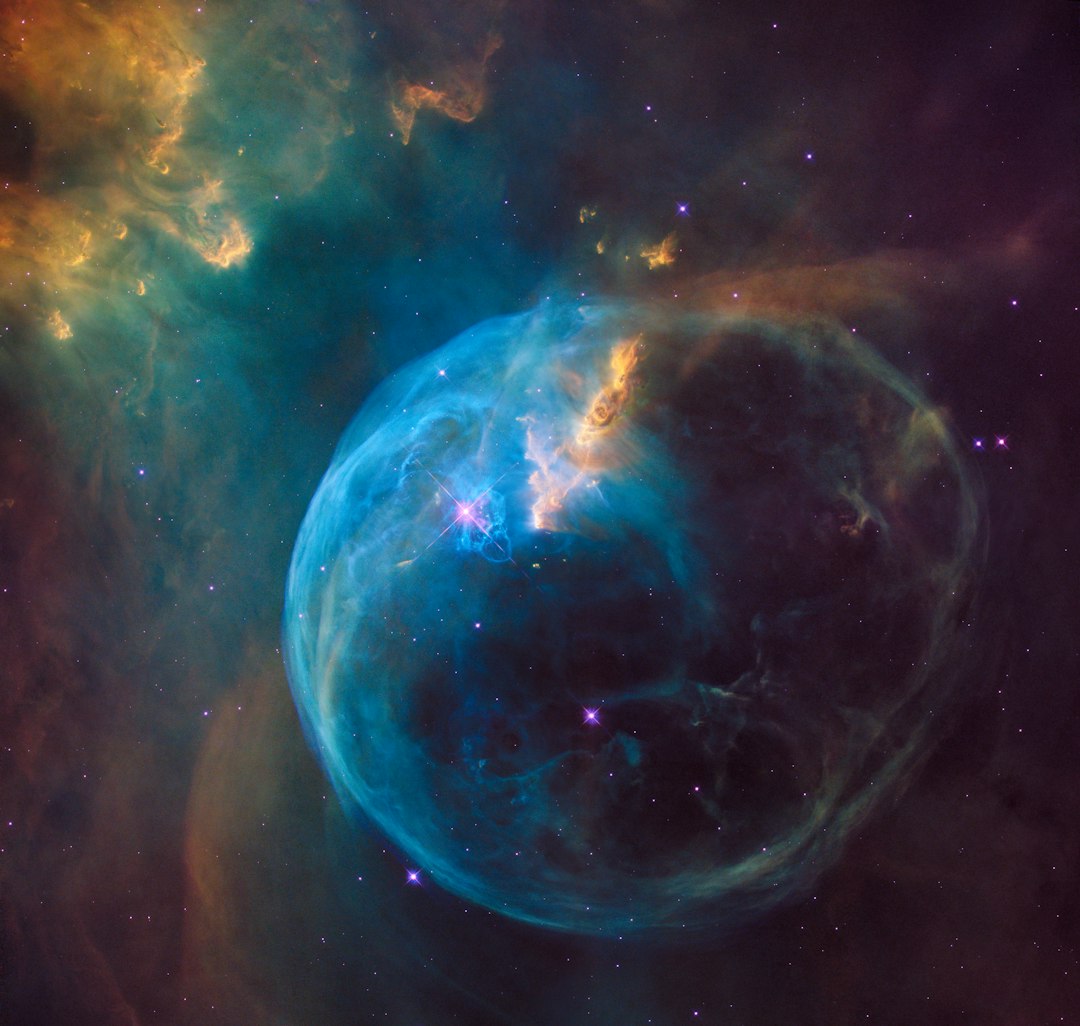It’s certainly the season of quizzes! With many of us confined to our homes for unprecedented stretches, we are all finding new ways to cope with isolation and solitude. Some choose exercise, and spend every spare moment doing Zumba around their living room. Others have devoted their new found time to projects, devoting their energy to work or pleasure.
If you are feeling the distance between your family and friends right now we have the answer – try our latest quiz! Did you enjoy the Ultimate Star Quiz?
Organize a virtual hang-out with your loved ones, and test your knowledge about Stars, the Universe and Everything! There's multiple choice if you need it, and the answers are at the bottom.
Happy quizzing!
-
What is our home galaxy called?
A: The Milky Way
B: Andromeda
C: The Solar System -
The Sun is a star. What type of star?
A: Red Dwarf
B: Supergiant
C: Main Sequence -
What is the visible part of the Sun called?
A: The Lithosphere
B: The Photosphere
C: The Fire layer -
If you have your own star map, you’ll see many constellations. How many constellations are officially recognized?
A: 127
B: 88
C: 1 trillion -
What does the term “equinox” mean?
A: The Sun is in line with the moon
B: The day and night is of equal length
C: The moon is blue in colour -
You’ll have heard of the Summer Soltice and the Winter Soltice. What do these terms mean?
A: The longest and shortest days of the year
B: The hottest and the coldest days of the year
C: The brightest and darkest days of the year -
What is a Supernova?
A: A song by Oasis
B: The moment when a meteor changes to a meteorite
C: An explosion in space -
Our solar system is “heliocentric”. What does this mean?
A: The planets move in opposite direction to each other
B: Each planet has its own moon
C: The planets revolve around the sun -
What is Olympus Mons?
A: A volcano on Mars
B: The biggest moon in the solar system
C: A crater on Earth’s moon -
What are Saturn’s rings made of?
A: Helium
B: Dust particlces
C: Ice -
When will we next see Haley’s Comet?
A: 2022
B: 2061
C: June -
“Once in a blue moon” is a common phrase. What IS a blue moon?
A: A moon that is full twice in one calendar month
B: The blueish effect created by a cloud of dust and gases around the moon
C: There is no such thing -
Where do our planets get their names?
A: Characters from Shakespeare
B: Names of famous astronomers
C: Greek/Roman Gods -
When they die, stars three times the mass of the sun become:
A: White Dwarves
B: Nebula
C: Black holes -
Why is it called the “Milky” Way?
A: This describes the age of the galaxy
B: It was named after the astronomer who first discovered it
C: it looks milky -
What is “Sagitarrius A”?
A: Another name for the North Star
B: The black hole at the centre of the Milky Way
C: A subdivision of the star sign -
Why is it warmer in summer?
A: We are closer to the sun
B: Mars is orbiting close to us and radiating heat
C: The earth’s tilt allows for more heat from the sun -
Why do astronauts wear white spacesuits?
A: It is a neutral colour
B: To easily see each other
C: The white reflective fabric deflects heat -
What is the “Fermi Paradox”?
A: A question about the existence of aliens
B: The paradox of dark matter
C: The contradiction of matter in black holes -
Are the constellations the same from the North and the South Hemisphere?
A: Yes, but they will be in different parts of the sky
B: No, each hemisphere has its own set of constellations
C: Yes, the stars are the same from everywhere you look.
Are you ready for the answers?
- A - Our home galaxy is the Milky Way.
- C - The Sun is also known as a G2V type star and a yellow dwarf.
- B - The visible part of the Sun is called the "Photosphere".
- B - There are 88 officially recognized constellations.
- B - It comes from the Latin and means "equal in night and day"
- A - Longest and shortest! From the Latin words 'sol' and 'sistere'
- C - A powerful stellar explosion in space.
- C - From the Greek hēlios, "sun," and kentrikos, "pertaining to a center."
- A - This Martian volcano is the largest one in the solar system!
- C - Technically, Saturn's rings are made up of dust, rock and ice - but mostly ice.
- B - June 28,2061 is the prediction for the next Haley's Comet.
- A - The second full moon in a calendar month.
- C - Except for the Earth, all the planets in the solar system were named after Greek and Roman Gods and Goddesses.
- C - The biggest stars will become black holes when they die.
- C - The Ancient Romans called it "Via Lactea" which means 'Road of Milk' because of the milky colour.
- B - A radio source anchored in a black hole within our galaxy.
- C - The Sun's rays hit the Earth at a more direct angle during summer - also the days are longer.
- C - White reflects the most heat and radiation from the Sun.
- A - The Fermi Paradox is the apparent contradiction between the lack of evidence and probability for extraterrestrial civilizations.
- A - Also - some Northern constellations are not visible in the Southern skies.
